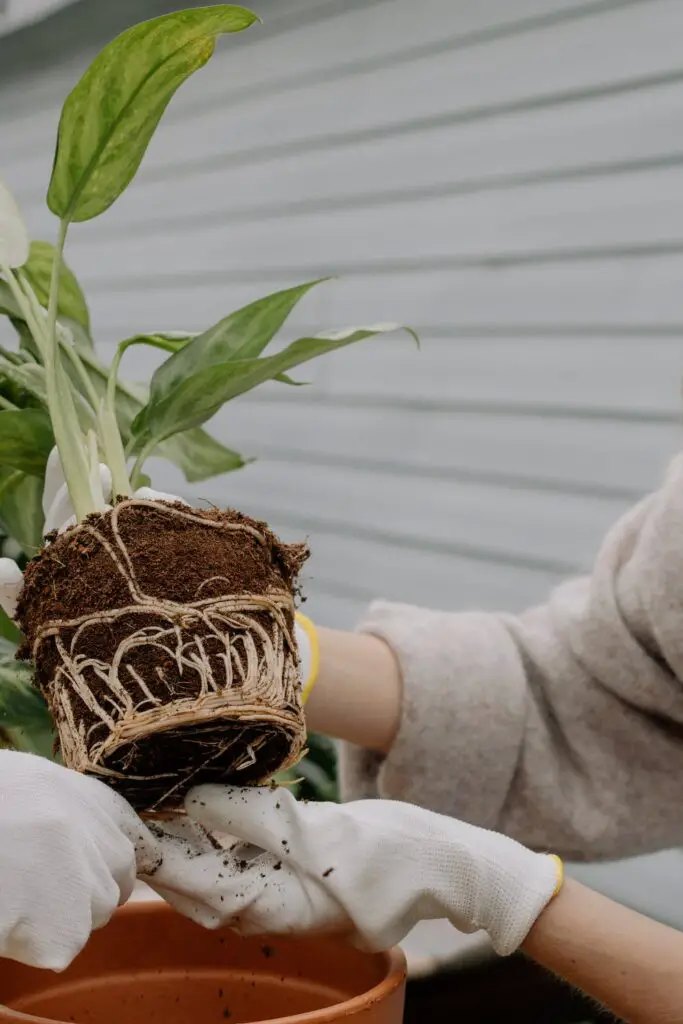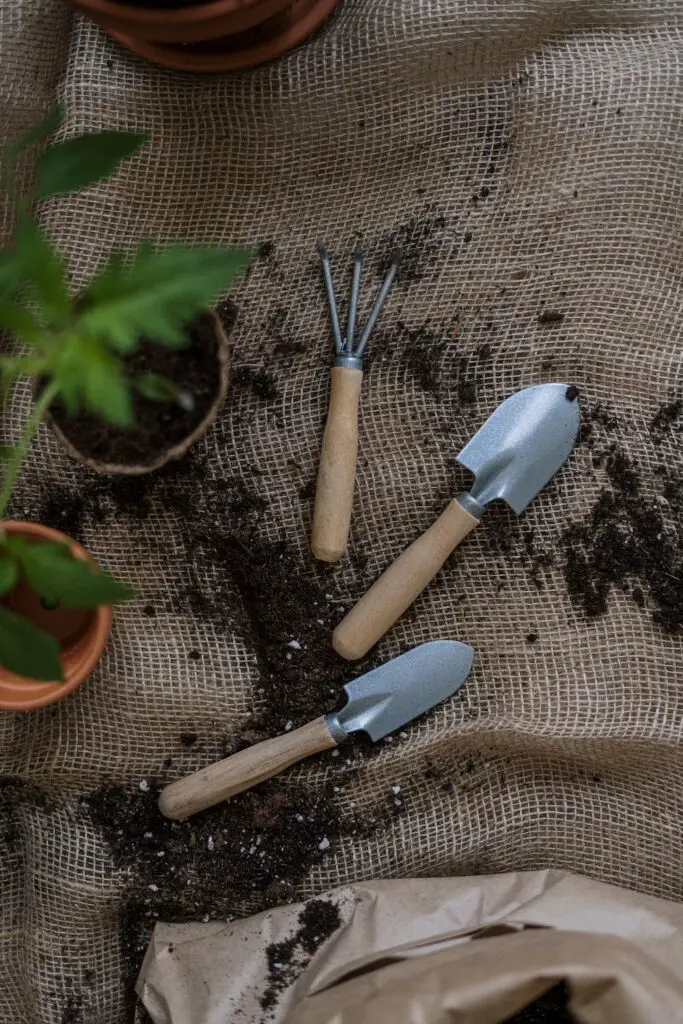Indoor gardening has gained significant popularity in recent years, with enthusiasts seeking to bring the beauty and freshness of nature into their homes. One intriguing addition to indoor gardens is the pineapple plant. Known for its exotic appeal and delectable fruit, the pineapple can be successfully cultivated indoors, providing a unique and rewarding experience. In this comprehensive guide, we will explore the essential aspects of maintaining indoor pineapples, from choosing the right variety and setting up a suitable environment to watering, fertilising, and troubleshooting common issues. If you’re a seasoned gardener or a novice, this article will equip you with the knowledge needed to grow and care for healthy, vibrant indoor pineapples.

Table of Contents
I. Selecting the Right Pineapple Variety
Choosing the appropriate pineapple variety is the first step towards successful indoor cultivation. Opt for compact and dwarf varieties. The ‘Singapore Spanish’ or ‘Hilo,’ which are well-suited for indoor conditions. These varieties typically have shorter growth cycles and are more adaptable to the limited space available indoors.
II. Setting Up the Ideal Environment
Creating a suitable environment is crucial for indoor pineapple success. Establish the perfect conditions for your pineapple plant:
- Light: Pineapples require bright, indirect light for optimal growth. Place your plant near a south-facing window where it can receive at least six hours of sunlight per day. If natural light is limited, supplement it with fluorescent or LED grow lights.
- Temperature: Pineapples thrive in warm temperatures between 70-85°F (21-29°C). Avoid exposing them to drafts or extreme temperature fluctuations.
- Humidity: Pineapples prefer higher humidity levels, around 50-70%. Mist the plant regularly or place a tray filled with water near the plant to increase humidity.
- Air Circulation: Good air circulation prevents fungal diseases and ensures healthy growth. Use a small fan to maintain gentle air movement in the growing area.
III. Watering and Fertilising
Proper watering and fertilisation are vital for the health and vigor of indoor pineapples. Follow these guidelines:
- Watering: Pineapples have a shallow root system that can be prone to rot if overwatered. Allow the top of the soil to dry out before watering. Use room temperature water and ensure that excess water drains properly.
- Fertilising: Feed your pineapple plant with a balanced, water-soluble fertiliser formulated for tropical plants. Apply the fertiliser every two weeks during the growing season, reducing the frequency during winter.
IV. Repotting and Container Selection
As your pineapple plant grows, it will require repotting to accommodate its expanding root system. Follow these steps for successful repotting:
- Timing: Repot the pineapple during its active growth phase, typically in spring or early summer.
- Container: Choose a pot that is slightly larger than the current one, with drainage holes to prevent waterlogging. Use a well-draining potting mix to ensure proper root aeration.Repotting Process: Gently remove the plant from its current pot, being mindful not to damage the roots. Place it in the new container, filling around the roots with fresh potting mix. Water thoroughly after repotting.


V. Common Issues and Troubleshooting
Even with proper care, indoor pineapples can face challenges. Here are some common issues and their remedies:
- Pest Infestation: Look out for mealybugs, spider mites, or scale insects. Use insecticidal soap or neem oil to treat the affected areas, ensuring to follow the product instructions carefully. Regularly inspect your pineapple plant to catch any pest problems early on.
- Leaf Browning or Yellowing: This may indicate improper watering or nutrient deficiencies. Adjust your watering schedule, ensuring the soil is neither too dry nor waterlogged. If the issue persists, consider adjusting your fertiliser application or consulting a gardening expert for further guidance.
- Stunted Growth: Insufficient light or low temperatures can lead to slow growth. Ensure your pineapple plant receives adequate sunlight or supplement with appropriate grow lights. Maintain the recommended temperature range to promote healthy growth.
- Fruit Production Challenges: Indoor pineapple plants may take longer to produce fruit compared to outdoor counterparts. Be patient, as it can take up to two years for the first fruit to appear. Ensure your plant is receiving sufficient light, water, and nutrients to support fruiting. Hand pollination can also be done by gently transferring pollen between flowers using a small brush.
- Root Rot: Overwatering or poor drainage can result in root rot. Avoid overwatering and ensure proper drainage by using well-draining soil and pots with drainage holes. If root rot is suspected, carefully remove the plant from the pot, trim off any rotten roots, and repot in fresh, well-draining soil.
Conclusion
Growing indoor pineapples can be a rewarding and enjoyable experience. By selecting the right variety, creating an ideal environment, and providing proper care in terms of watering, fertilizing, and repotting, you can successfully cultivate healthy and vibrant pineapple plants in your home. Remember to monitor for common issues and address them promptly. With patience and dedication, you may be rewarded with sweet and delicious fruits of your indoor pineapple plant, adding a touch of tropical charm to your indoor garden.
